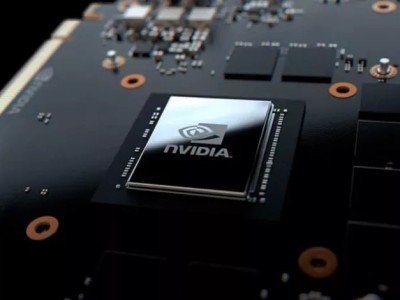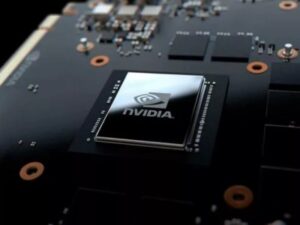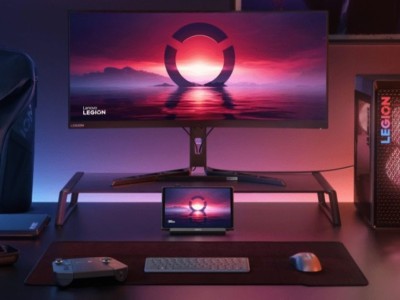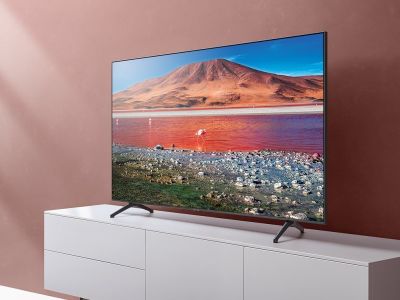NVIDIA GeForce RTX 5060 graphics card, details about the more affordable GeForce RTX 5060 and 5060 Ti have finally begun to appear online. Insiders shared their alleged characteristics.
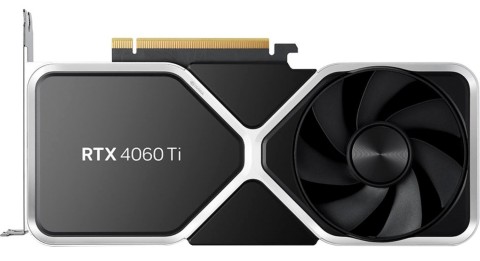
Nvidia’s GeForce RTX 5060 Ti and vanilla NVIDIA GeForce RTX 5060 announcement today officially marks the end of the Blackwell RTX 50-series GPU launch — the first stage, at least. Second-stage refreshes will likely happen early next year, and if our guess is correct, we’ll probably see 24Gb (3GB) GDDR7 modules on all of the cards, providing 50% more VRAM across the full suite. But for now, we have the RTX 5060 Ti in both 16GB and 8GB trim, along with the RTX 5060 with 8GB of memory.
Tomorrow, Nvidia will release the RTX 5060 Ti cards, with the RTX 5060 Ti 16GB starting at $429 and the RTX 5060 Ti 8GB starting at $379. That means Nvidia is only charging $50 extra to double your VRAM, and frankly, if those prices and that price gap hold, there’s little reason to opt for the cheaper GPU. Numerous games can already run into memory issues with 8GB, and that number will only increase in the future.
All three 5060 variants use the same GB206 processor. It has a maximum of 36 SMs (Streaming Multiprocessors), with all 36 enabled on the 5060 Ti. The vanilla RTX 5060 trims the SM countdown to 30, with slightly lower GPU clocks, 25% less L2 cache enabled, and an increase in TGP (Total Graphics Power).
Compared to the prior generation 4060 class GPUs, the 5060 class models provide more SMs and GPU shaders for all variants, with official launch MSRPs that are either the same (for the 5060) or cheaper (for the 5060 Ti). Note that we list the launch prices, so the 4060 Ti 16GB gets saddled with a difficult-to-justify $499 price tag. Nvidia later dropped that to $449, which means the new 5060 Ti models are, in reality, only $20 cheaper. Still, potentially faster hardware with new features for a lower price isn’t a bad start.
It’s worth pointing out that all the NVIDIA GeForce RTX 5060 class cards will feature a PCIe 5.0 x8 link, with a physical x16 slot connector. With a PCIe 5.0 platform, that means the new cards will have the same interface bandwidth as PCIe 4.0 x16. Even so, we don’t foresee the PCI Express interface as being a significant concern.
If you put a 5060 into a PCIe 3.0 slot, perhaps you’ll lose a few percent in performance, but generally speaking games and most graphics workloads run best when they’re in VRAM. Maybe AI workloads could benefit from the faster link speeds, but testing elsewhere has shown that even the RTX 5090 only loses a tiny fraction of its gaming performance potential in a PCIe 4.0 slot.
Nvidia will also have RTX 5060 laptops coming soon (ish?), which will be relatively close to their desktop 5060 counterpart in performance. If you compare the above performance slide for 5060 laptops to the desktop 5060, the only game that shows more than a 10% difference is Avowed, which is probably more CPU-limited. The other eight games show less than a 3% difference.
NVIDIA GeForce RTX 5060 laptops should be available next month, alongside the desktop RTX 5060, with a base price of $1,099. And unlike the desktop GPUs, we think there’s a better chance you’ll be able to find the laptops in stock. (Perhaps that’s just wishful thinking….) But we’re still not super keen on the 8GB VRAM configuration.
NVIDIA GeForce RTX 5060 could have fixed our concerns by using 3GB GDDR7 chips, which is exactly what it does on the RTX 5090 Laptop GPU and the RTX Pro 6000 Blackwell workstation and data center GPUs. Of course, both of those cost a lot more than a base model RTX 5060.
According to preliminary information, the graphics cards will be built on a PG152 board with a GB206 GPU. Both models will use a 128-bit memory bus interface, as in the current RTX 4060 series. Both new products will have GDDR7 memory with speeds of up to 28 Gbps and a bandwidth of 448 GB/s – 55% higher than the RTX 4060 Ti and 65% higher than the RTX 4060.
In terms of video memory, 16 GB is expected for the RTX 5060 Ti and only 8 GB for the RTX 5060. In the future, a version with more memory may be released, but only 8 GB will be available at the start.
The NVIDIA GeForce RTX 5060 Ti and RTX 5060 are expected to be released in late February or March 2025.

